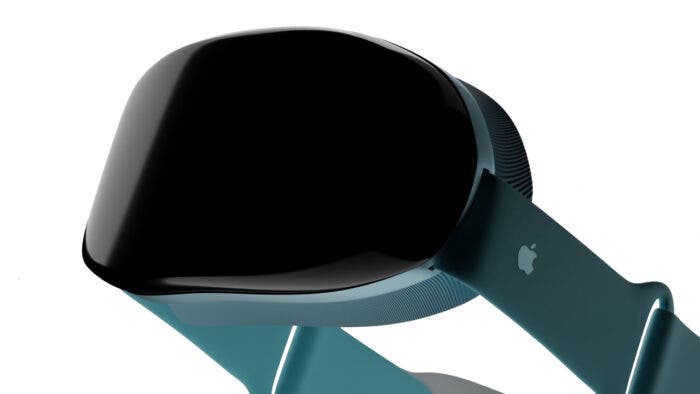Apple is expected to debut its brand-new mixed reality headset in less than two months. Being a part of a new product category, the device is rumored to support both AR and VR technology. And previous info has also hinted that the Apple AR/VR headset will boast a number of features that will set it apart from the competitors.
Moreover, a recent leak hints that Apple has made a giant development leap. After all, Apple has been working with the product for years now. And judging by the success of Apple’s iPad, iPhone, Mac, and Apple Watch, Apple AR/VR might define a new virtual and augmented reality format.
That said, you might not have been keeping up with the past rumors. And if that’s the case, here’s a roundup of 10 features that will make the Apple AR/VR headset outshine competing products.
8K Total Resolution On the Apple AR/VR Headset
The Apple AR/VR headset is expected to come with dual 4K micro-OLED displays. These displays will be from Sony and are said to offer up to 3000 pixels per inch. In comparison, the top-of-the-line product from Meta, the Quest Pro, has LCD displays. And micro-OLED is far superior to LCD.
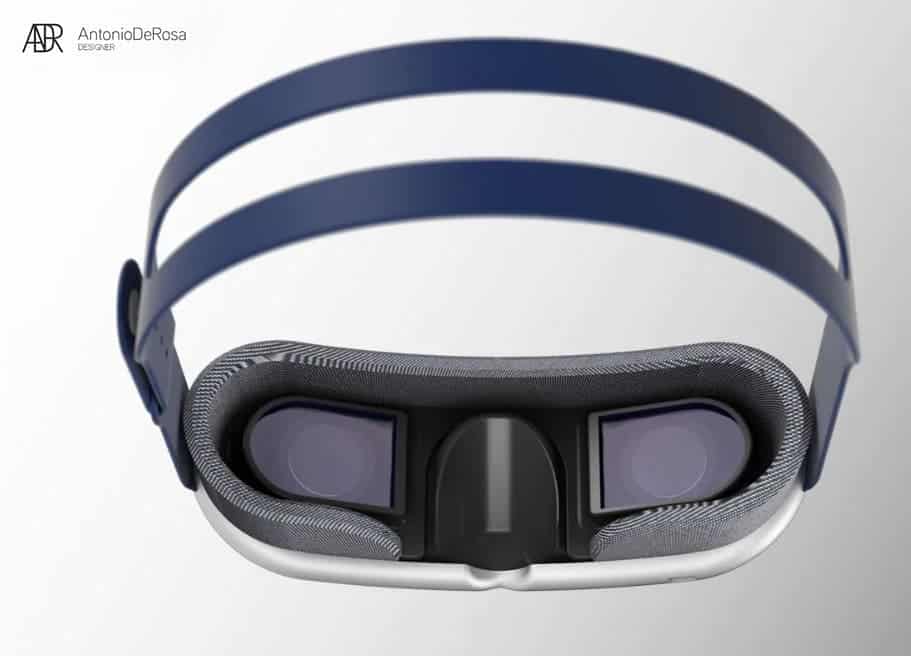
In addition to that, Apple’s proprietary design will block out peripheral light. The display quality will also automatically adjust according to the peripheral vision. That will cut down the required processing power. There will be eye-tracking functionality, which will reduce graphical fidelity at the periphery of the headset.
Over a Dozen of Integrated Cameras
Apple is said to be outfitting the mixed reality headset with more than a dozen of cameras. These integrated cameras will capture motion and translate real-world movements into virtual movements. According to rumors, there will be two downward-facing cameras to specifically capture the leg movement of the user.
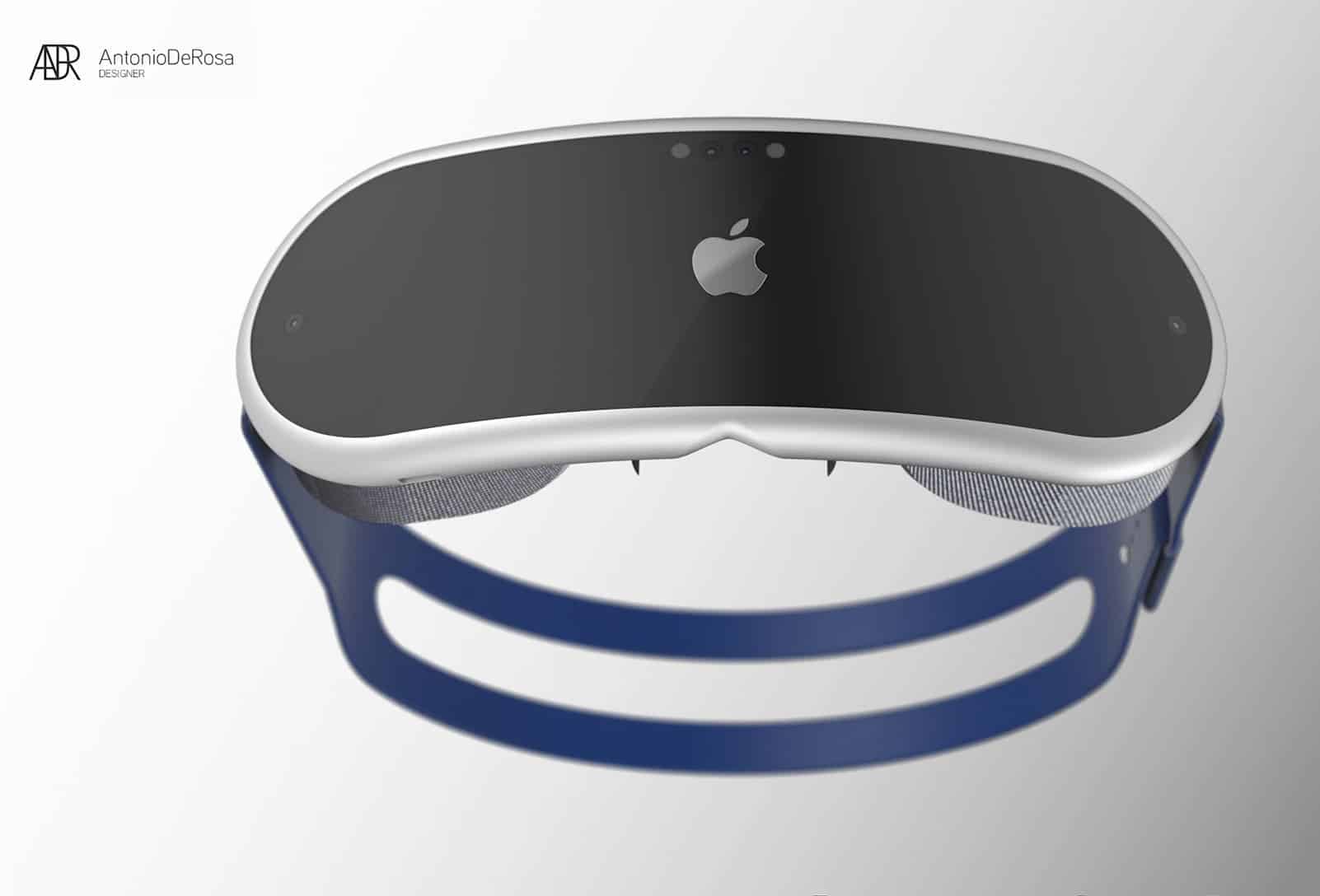
Downward-facing cameras will be unique to the Apple AR/VR headset, enabling the device to track motion accurately. Other than that, the cameras will be able to detect the room’s surfaces, dimensions, and edges with the highest precision. They can also map out people and other objects in the surrounding area.
Iris Scanning on Apple AR/VR Headset
The Apple AR/VR headset is rumored to come with an enhanced security and privacy feature. It will integrate an iris scanner that can evaluate the eye pattern of the user. That will eventually make the mixed reality headset to make secure payments.
Furthermore, this feature of the mixed reality headset can even act as a password replacement. That is, it will be akin to the Touch ID and Face ID feature present in iPad, iPhone, and Mac. It could possibly enable two people to use the same headset without the risk of one getting access to another’s sensitive info. And as you might have guessed, this feature is not present on the Quest Pro.
Facial Expression Tracking
As discussed earlier, the Apple AR/VR headset will be able to track and interpret facial expressions. Through this scanning, the headset can translate real-life facial expressions to expressions of virtual avatars. For example, if you scowl or smile in real life, the virtual avatar will also portray the same expression in the apps you use.
This feature will likely work similarly to the TrueDepth camera system of the iPhone and iPad. But on iPhones and iPads, that feature is for Animoji and Memoji.
Control Methods of Apple AR/VR Headset
The Apple AR/VR headset is supposedly coming with 3D sensing modules. These will detect hand gestures, and there will be a skin-detection feature too. Moreover, the mixed reality headset is expected to come with voice control support. In other words, Apple will integrate Siri into the device.
On that note, Apple has reportedly tested a thimble-like device that is supposed to be worn on the finger. But there’s no clear info regarding the device’s input methods.
Air Typing
Apple will bring an “in-air typing” feature to make the Apple AR/VR headset take text input. Here, using the built-in cameras, the headset will recognize the user’s fingers when they move. Mark Gurman of Bloomberg reported that the air typing feature is “finicky,” but Apple has solid plans to move forward with it.
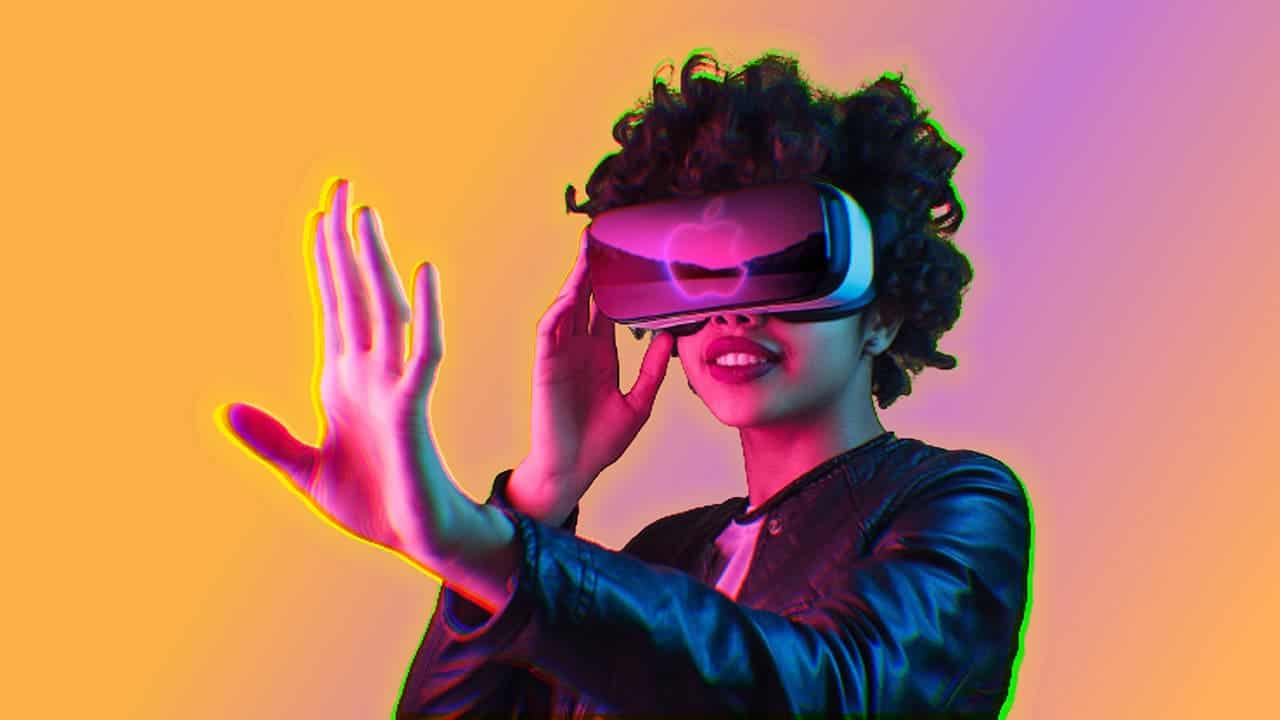
Lightweight Design
Apple is aiming for maximum comfort with the AR/VR headset. Reportedly, the mixed reality headset will feature a build with fresh fabric and aluminum. This combination of materials will make the device lighter than the other headsets that are on the market.
According to previous rumors, Apple wants to keep the weight around 200 grams, which is extremely lighter than the competition. To give you a perspective, the Meta Quest Pro is 722 grams. Additionally, Ming-Chi Kuo said that the current prototypes were about 200 to 300 grams. But there’s no further info regarding whether Apple was able to stick with the same weight later in the development process.
External Battery Pack
While most mixed reality headsets come with internal batteries, the Apple AR/VR headset will rely on an external battery. Reportedly, the user will need to wear the battery at the waist. This design choice will further help to keep weight low.
Apps on Apple xrOS
Apple is developing apps that are specifically for the operating system of the AR/VR headset. For example, there will be an app that will offer you a VR FaceTime-like experience. Apple will also integrate Apple TV+, letting you watch TV shows and movies in VR environments.
Two Powerful SoCs for the Apple AR/VR Headset
From what the rumors say, Apple will pack two Mac-level M2 processors in the AR/VR headset. Through that, the mixed reality headset will get more computing power than other competing products.
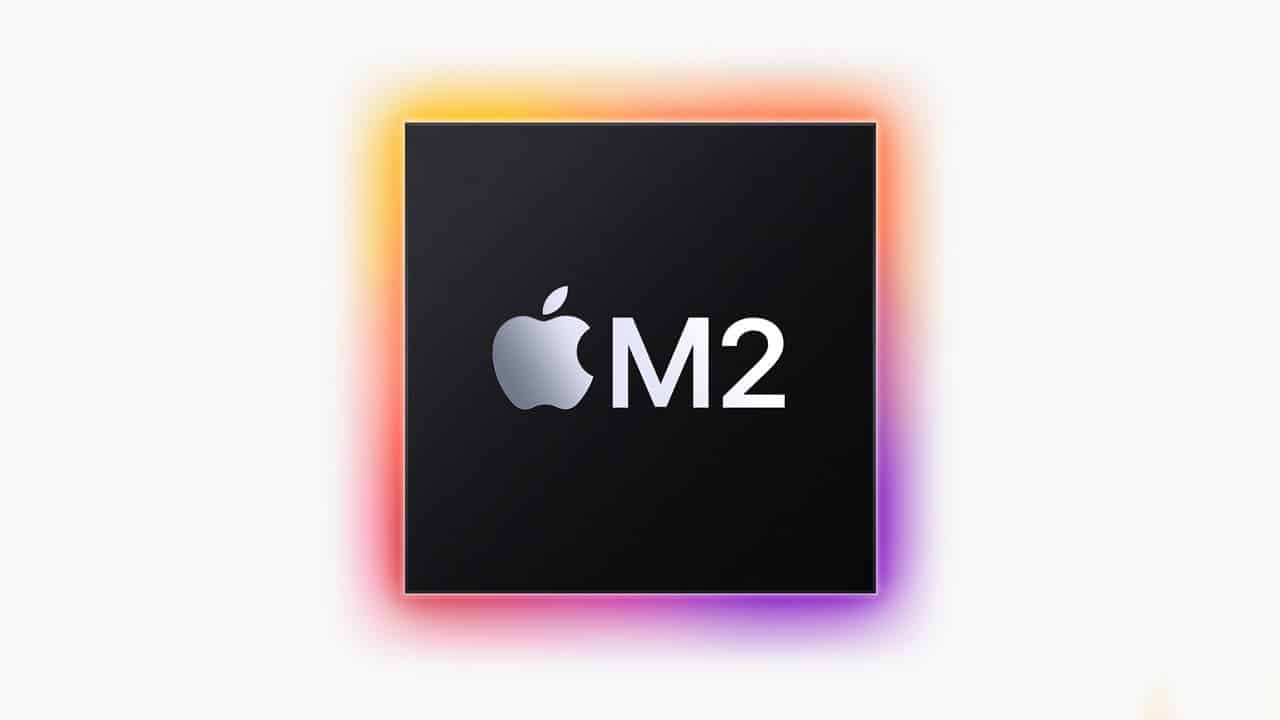
And for having two Apple silicon chips, the mixed reality headset will not require a connection to iPhone or Mac to operate.

